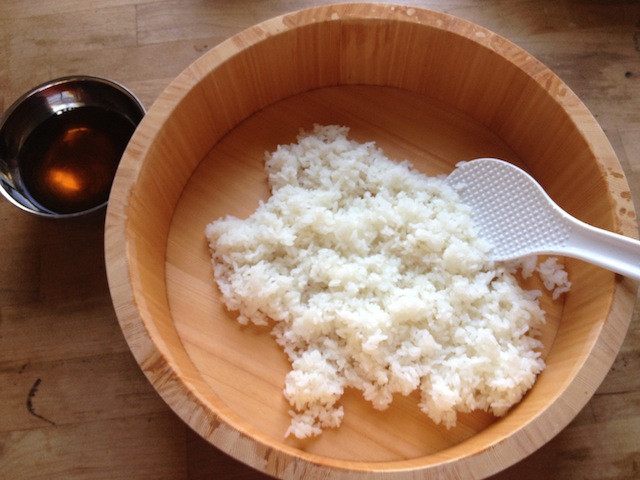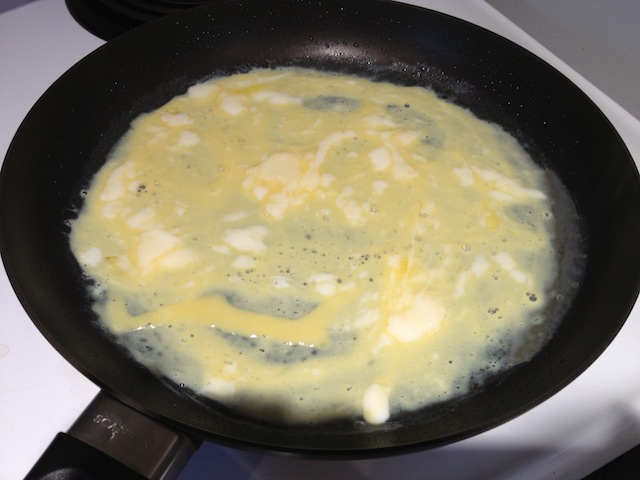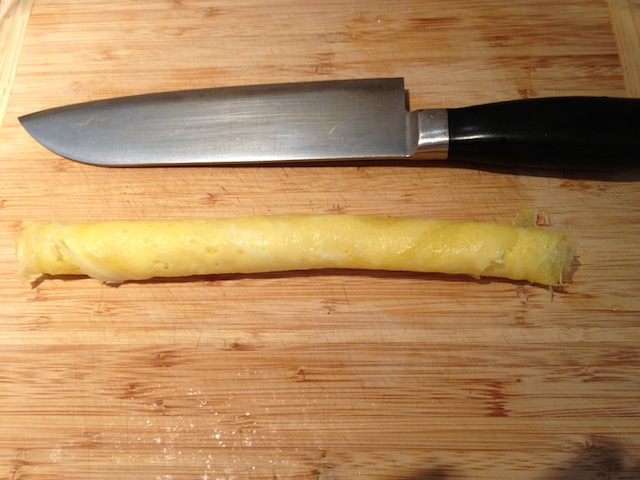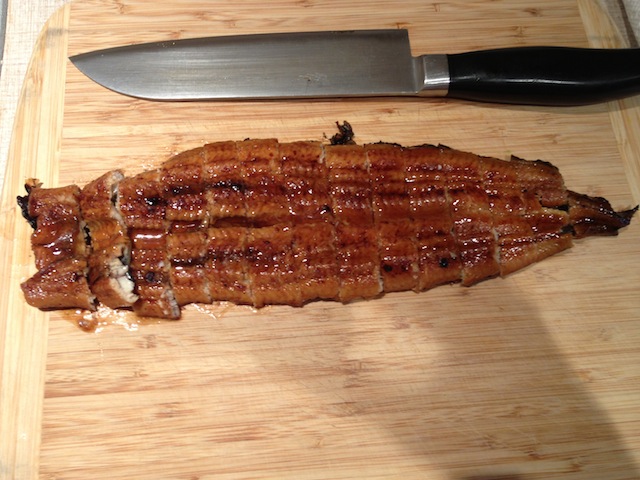Kuishinbo: Doyou no Ushinohi (A Day for Eel)

During midsummer, tradition is to have unagi (freshwater eel) on specific days. The days are called doyou no ushinohi (土用の丑の日) to provide a nutritional treat, as well as to help survive the hot season.
Unagi carries a lot of "stamina" nutrition, such as vitamins A and B-complex. The ancient Japanese diet, like today, was mostly vegetables and fish-centric, and unagi is very rich protein. But why unagi on a hot summer day? Here is the story of how doyou no ushinohi started during the Edo period (1600-1800s):
An unagi restaurant owner was having trouble selling his specialty during the summer. He consulted a gentleman who had many talents as a doctor, geographer, Haiku poet, painter, inventor, economist. His name was Gennai Hiraga. He advised the owner to put up a poster in front of the restaurant window that read doyou no ushinohi.
Doyou refers to the 18 days before a season changes. The word derived from the word gogyou, an ancient Chinese philosophy that believes all things are created by the five elements: wood, fire, earth, gold and water. Ushinohi is the "day of the ox" -- one of the 12 Chinese zodiac signs.
Mr. Hiraga's idea was extremely successful. Many customers came from afar to have unagi. Mr. Hiraga understood the people well: when there is a line in front of a store or restaurant, the Japanese will join the line even if they don't know what that line is all about. Other unagi restaurants followed suit and doyou no ushinohi became a summer tradition. What a clever businessman he was!
Because of our calendar, the dates for doyou no ushinohi change slightly from year to year. This year it fell on July 22 and the next one will be this Saturday, August 3.
As a fan of food tradition, I made unagi chirasizushi on the first doyou no ushinohi of this year.
RECIPE
2 cups rice, preferably short grain white rice
1 tsp sake
A short stick of kombu
2 tbsp rice vinegar
1 tbsp sugar
1/2 tsp salt
2 eggs
1 Japanese cucumber
1 filet of unagi
METHOD
1. Wash the rice, soak for 30 minutes. Add sake with scaled water, then put kombu on the top and cook.

2. Make sushimeshi (sushi rice). Mix steamed rice with rice vinegar, sugar and salt mixture. Season with sesame seeds.

3. Prepare the egg omelette. Scramble 2 eggs and spread it thinly onto a hot pan.

4. Once the omelette is done (should only take 30 seconds to 1 minute), let cool down. Roll it up and slice very thinly.


5. Slice cucumbers thinly using a Benriner.

6. Broil the filet of unagi for 7-10 minutes. Cut it up in small 1/4" pieces.

7. Plate as you wish.

Consider making this dish this Saturday!
I love following all of the seasonal food traditions of Japan. It's a good excuse to cook, eat and drink.
*Yuki HD is a Tokyo native with deep roots in izakaya-style home cooking. She currently makes her home in the southwestern United States where the foods of many cultures meet and mingle. Kuishinbo means “enthusiastic eater” in Japanese. Eat up!
